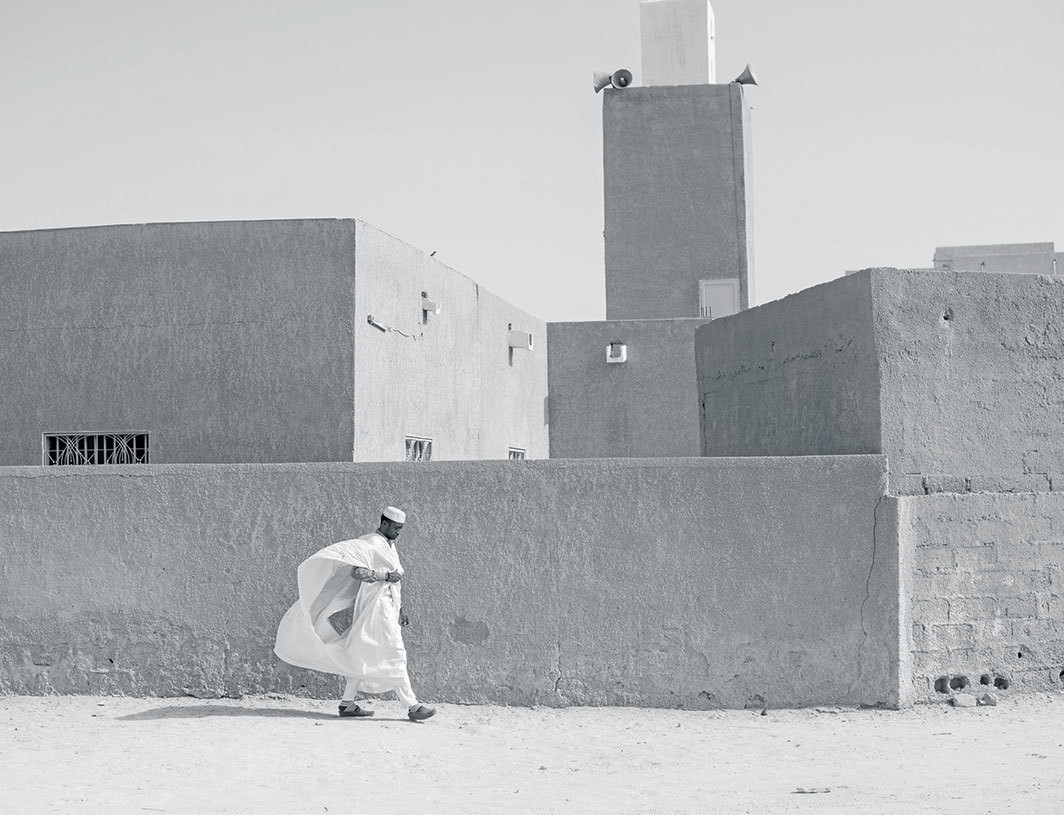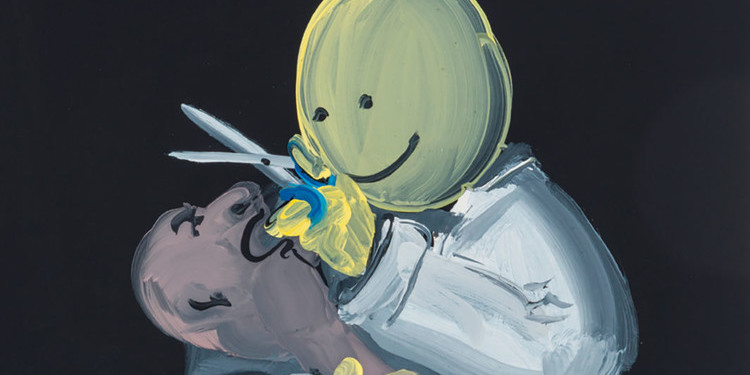After the Flood
BENJAMIN KUNKEL: The scenario of your book is different from our own world, although our present is increasingly resembling the future of The Wall (Norton, $26). Could you outline the world of the novel?
JOHN LANCHESTER: It’s about an island nation where climate change and massive displacement of population mean that the whole island is surrounded by a five-meter-high concrete wall. Everybody in the country, every citizen, has to spend a two-year period standing guard on the wall to prevent what they call the Others, displaced people from other parts of the world, from getting into the country.











